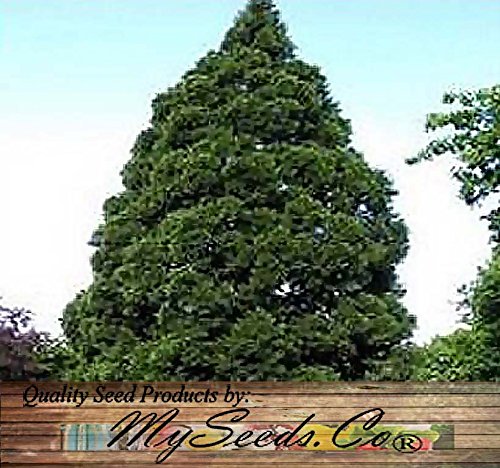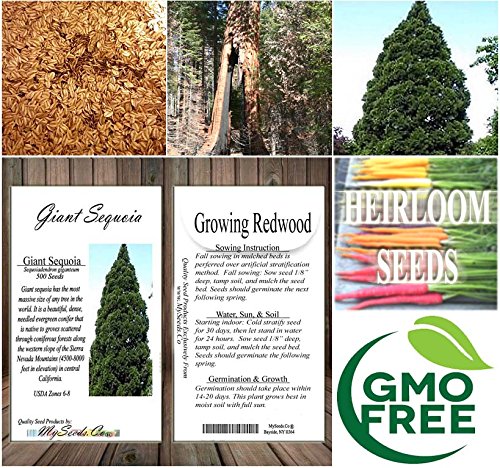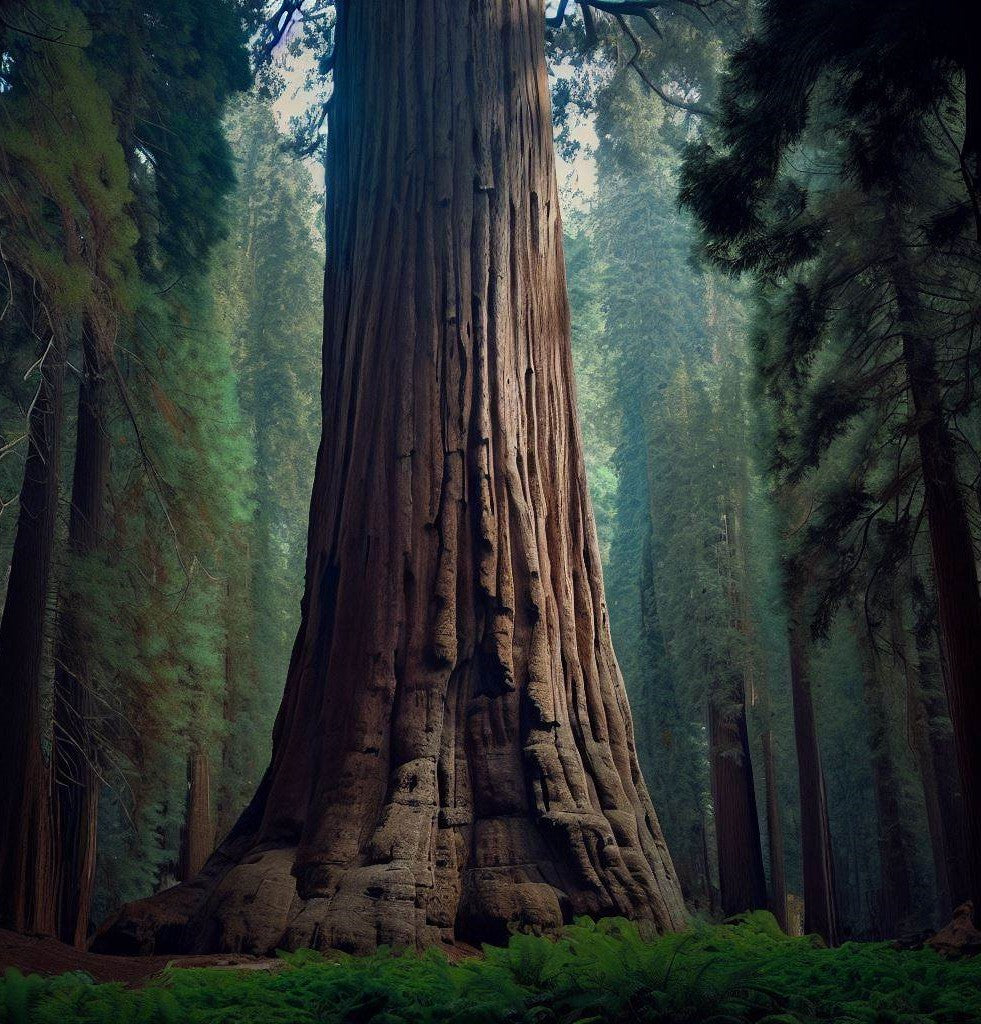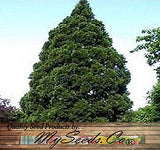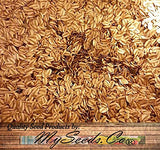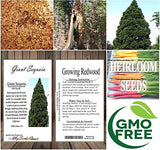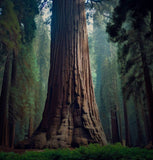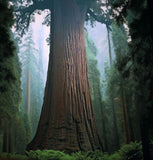Sequoia gigantea (Giant Sequoia, Sierra Redwood, Dr. Seuss Tree)
Sequoia gigantea (Giant Sequoia, Sierra Redwood, Dr. Seuss Tree) is a massive and iconic tree species native to the Sierra Nevada mountain range in California, USA. These majestic trees have a distinct appearance characterized by massive, reddish-brown trunks and columnar, tapering shapes. The bark is fibrous, thick, and fire-resistant, offering protection against wildfires. The foliage consists of short, needle-like leaves that are arranged in spirals along the branches. The cones are small, woody, and contain numerous tiny seeds.
Size and Longevity: Giant Sequoias are the largest trees by volume and among the oldest living organisms on Earth. They can reach extraordinary heights, exceeding 300 feet (91 meters), and have massive trunks with diameters often exceeding 20 feet (6 meters). The General Sherman tree, located in California's Sequoia National Park, is the largest known living tree by volume. Giant Sequoias are known for their impressive longevity and can live for over 3,000 years.
Habitat and Range: Giant Sequoias are native to a limited range in the Sierra Nevada mountain range of California. They grow in specific groves at elevations between 5,000 and 7,000 feet (1,500 to 2,100 meters), where the conditions are suitable for their growth, including deep soils, ample sunlight, and access to water sources like rivers or streams.
Fire Adaptation: Giant Sequoias have a unique relationship with fire. They have thick, fire-resistant bark that helps protect the tree from wildfires. Fire also plays a crucial role in their life cycle, as it helps open the cones and release the seeds, clears competition, and allows for the germination of new seedlings.
Conservation Status: Due to extensive logging in the past, the natural range of Giant Sequoias has significantly diminished. However, conservation efforts have been successful in protecting these remarkable trees. Several national and state parks, such as Sequoia National Park and Kings Canyon National Park, have been established to preserve and safeguard the remaining groves.
Cultural and Recreational Significance: Giant Sequoias hold cultural and recreational value. They are iconic symbols of the American West and are revered for their grandeur and beauty. Many people visit these groves to experience the awe-inspiring presence of these ancient giants and engage in outdoor activities such as hiking, camping, and photography.
The Giant Sequoia, or Sequoia gigantea, is a truly awe-inspiring tree species known for its monumental size, impressive longevity, and ecological importance. Preserving and conserving these incredible trees is crucial to protect their unique ecosystems and ensure their continued existence for future generations to admire and appreciate.
Botanical Name : Sequoia gigantea
Common Name : Giant Sequoia, Sierra Redwood, Dr. Seuss Tree
Height : 164 - 279 ft
Spread : 70 ft
Germination Info : Seed requires 21-30 days cold moist stratification
Hardiness zone : 6-8
Other info : Seed and seedlings prone to damping off. Use a fungicide in stratification. Hydrogen peroxide soaks of 12 hours may be used as an anti-fungicidal soak instead of specific fungicides. Germination Range: 50-60%
Average seed per ounce : Approx. 5375






